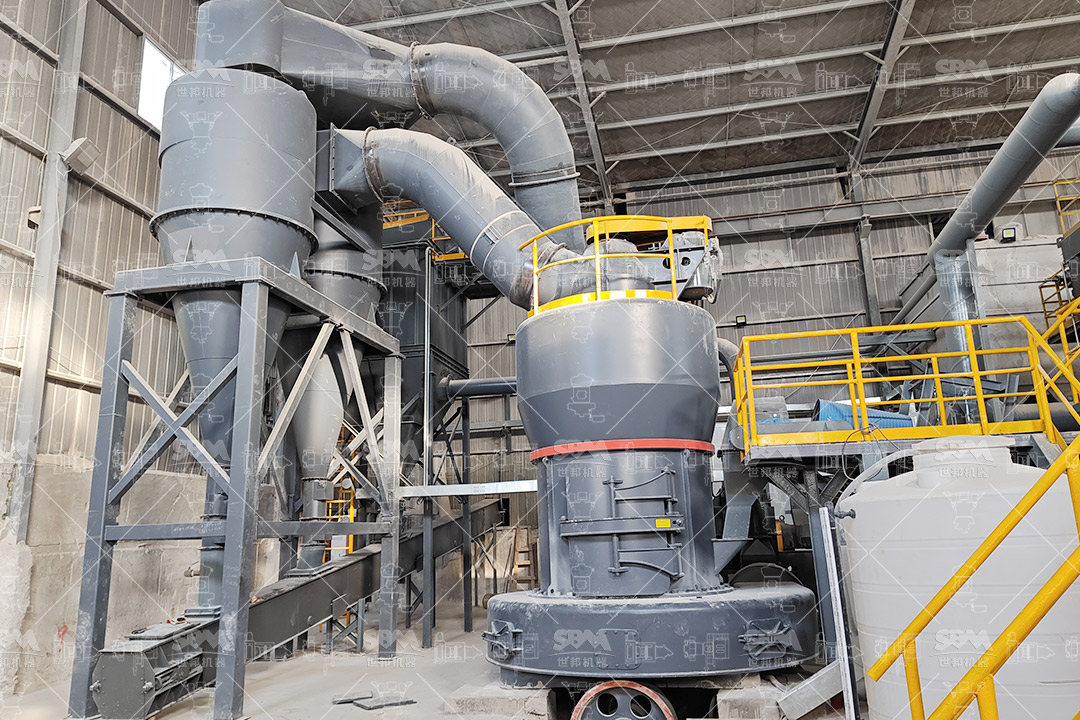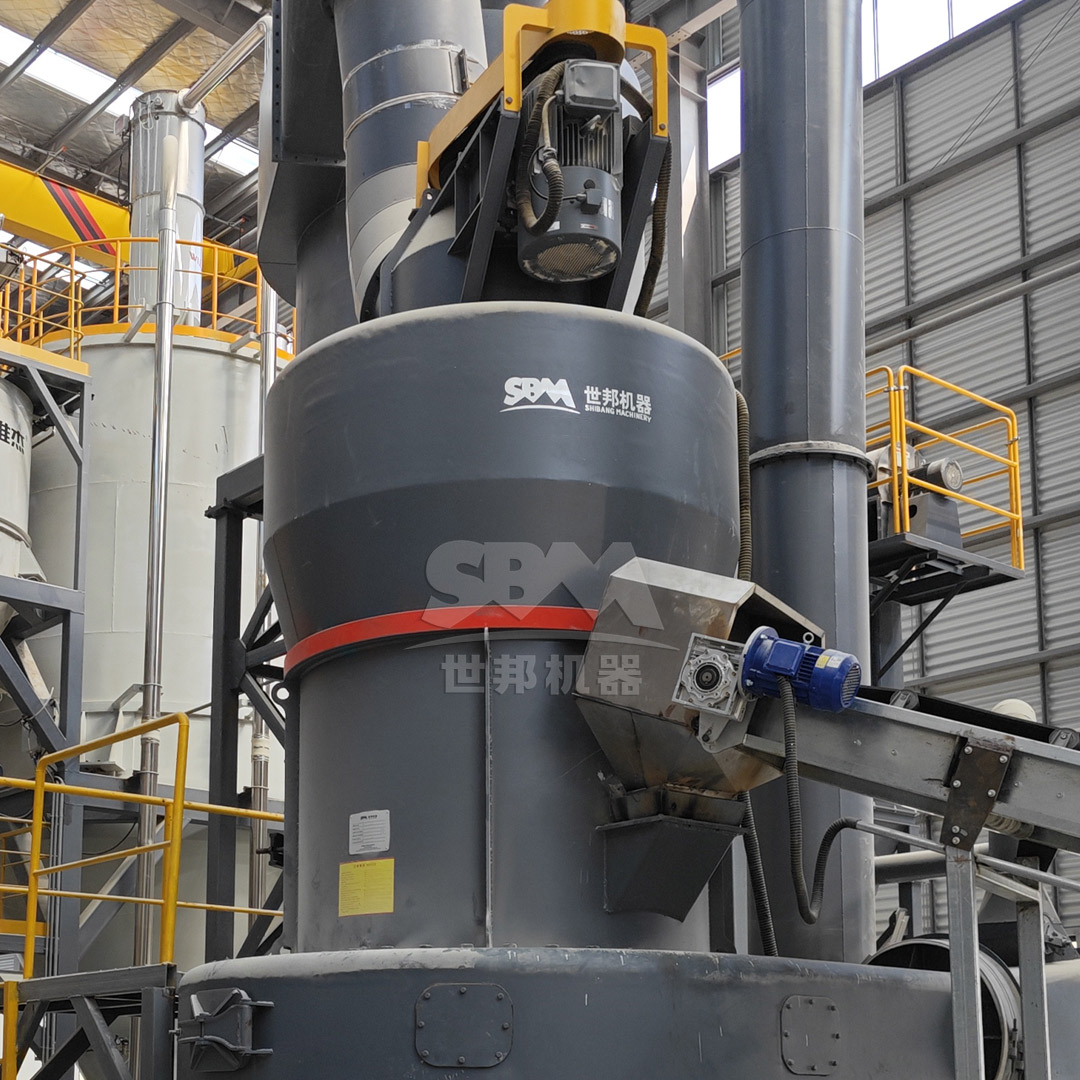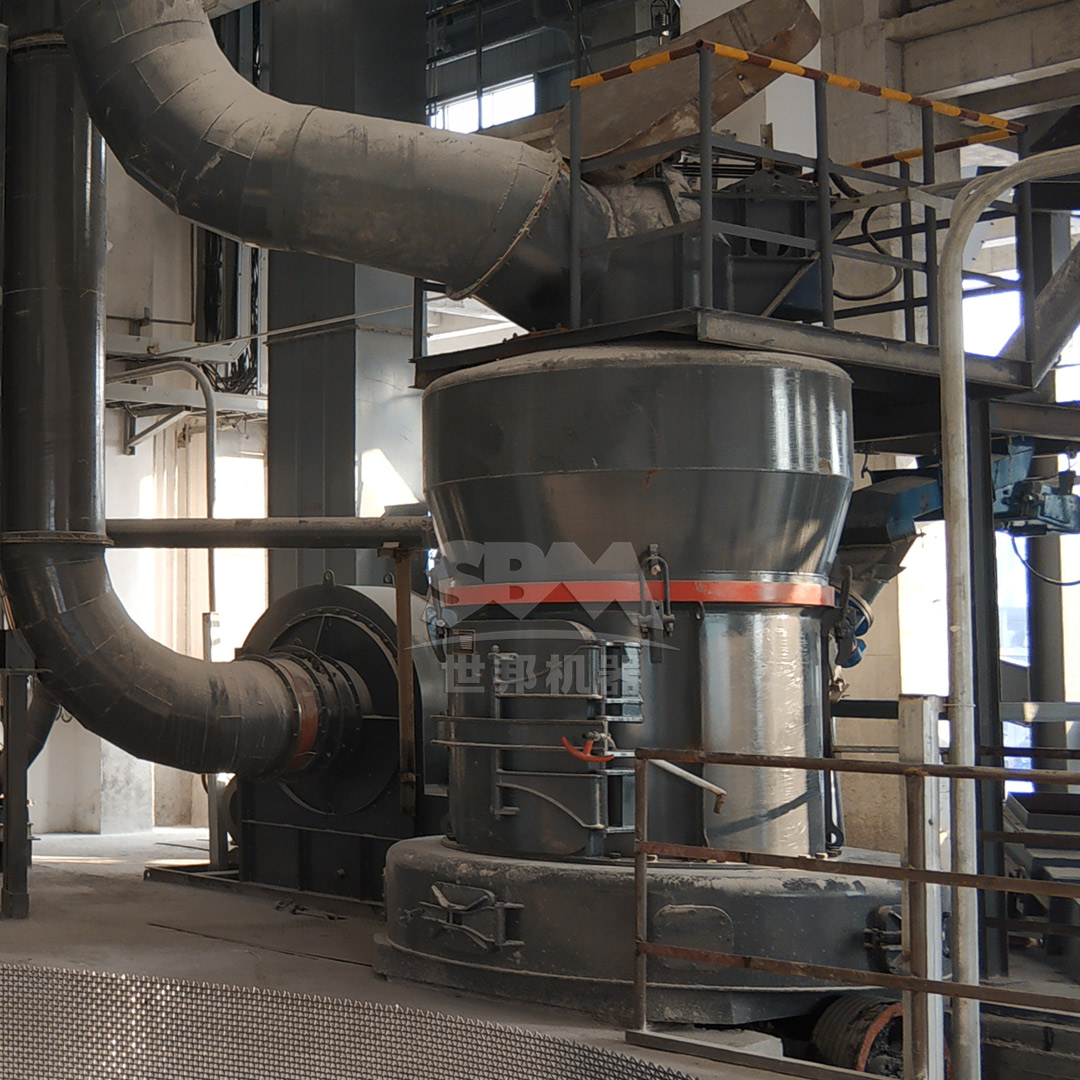The petrochemical industry relies heavily on high-performance drilling fluids to ensure efficient and safe extraction operations. A critical component of these fluids is barite (barium sulfate), which serves as a weighting agent to control formation pressures and stabilize the wellbore. The efficacy of barite in drilling fluids is profoundly influenced by its particle size distribution, purity, and specific gravity. Achieving the optimal physical characteristics requires advanced milling technology capable of producing finely ground, consistently sized barite powder. This article explores the technological advancements in barite grinding mills, focusing on the critical parameters for drilling fluid applications and highlighting innovative solutions that enhance efficiency, product quality, and operational sustainability.

Barite’s primary function in drilling mud is to increase its density, typically to weights between 10 and 22 pounds per gallon (ppg). This increased density prevents blowouts by counteracting high-pressure zones encountered during drilling. For barite to perform effectively, it must meet API (American Petroleum Institute) specifications, including a specific gravity of at least 4.2 and strict limits on particle size. Ideally, most particles should be in the 3 to 74-micrometer range. Oversized particles can lead to settling (sagging), which creates density variations and well control issues, while excessive fines can negatively impact viscosity and fluid loss control. Therefore, the grinding process is not merely about size reduction but about achieving a precise and consistent particle size distribution (PSD).
| Parameter | API Specification | Importance |
|---|---|---|
| Specific Gravity | Min. 4.2 g/cm³ | Determines weighting efficiency |
| Water-Soluble Alkali Earth Metals | Max. 250 mg/kg | Prevents chemical contamination of mud |
| Particles larger than 75μm | Max. 3.0 wt% | Prevents sagging and equipment abrasion |
| Particles smaller than 6μm | Max. 30.0 wt% | Controls rheological properties |
Traditional grinding methods, such as Raymond mills or basic ball mills, often struggled to meet the stringent PSD requirements efficiently. They were frequently associated with high energy consumption, broad particle size distributions, and significant generation of unwanted fines. Modern milling technology has overcome these limitations through innovations in grinding mechanics, classification systems, and intelligent process control. The goal is a closed-circuit system where material is continuously ground and classified; oversize particles are recirculated for further grinding, while perfectly sized product is immediately removed, ensuring maximum efficiency and consistency.

For operations demanding the highest quality barite powder with superior PSD control, our SCM Ultrafine Mill represents the pinnacle of milling technology. This mill is engineered specifically for producing fine and ultra-fine powders, making it an ideal choice for processing API-grade barite where control over fines is critical.
| Model | Processing Capacity (ton/h) | Main Motor Power (kW) | Output Fineness |
|---|---|---|---|
| SCM800 | 0.5 – 4.5 | 75 | 325-2500 mesh (D97 ≤ 5μm) |
| SCM900 | 0.8 – 6.5 | 90 | |
| SCM1000 | 1.0 – 8.5 | 132 | |
| SCM1250 | 2.5 – 14 | 185 | |
| SCM1680 | 5.0 – 25 | 315 |
The transformation of raw barite ore into a high-performance drilling fluid additive is a complex process that hinges on advanced milling technology. Moving beyond traditional methods to sophisticated systems like ultrafine mills is no longer a luxury but a necessity for producers aiming to meet strict API standards, improve operational efficiency, and reduce environmental impact. The integration of precise classification, efficient grinding mechanics, and intelligent control systems ensures a consistent, high-quality product that is essential for the safety and efficiency of modern petrochemical drilling operations. Investing in the right grinding technology, such as the featured SCM Ultrafine Mill, is a strategic decision that pays dividends in product quality, cost savings, and market competitiveness.
